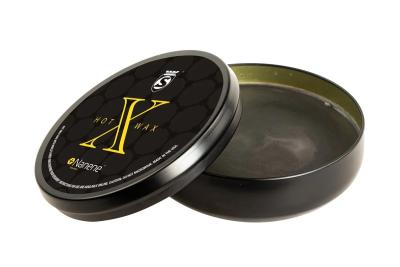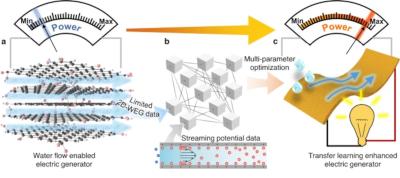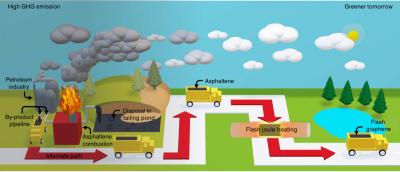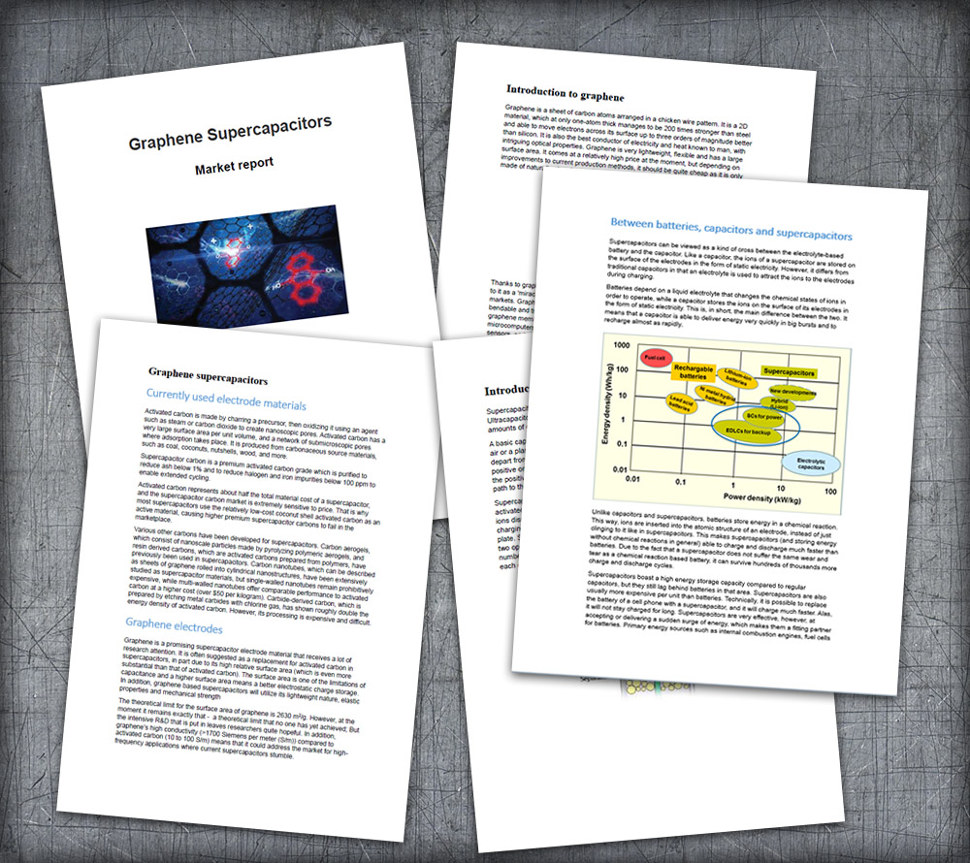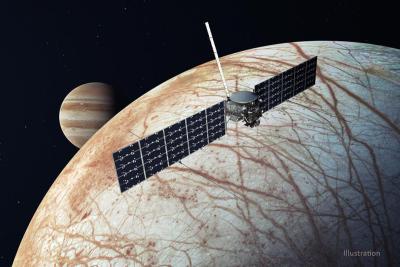Silca launches new bicycle chain lubricant, made with graphene by Versarien
Silca, producer of bicycle accessories, has launched a graphene-based chain lubricant, Hot Wax X. Silca claims it ‘runs roughly 0.5 watts faster’ than their original Secret Chain Blend hot-melt wax, and that it can extend the chain life to 30,000km. The new lubricant comes at quite a high price of £220 per 300g tin.
Silca previously made waves with its Secret Blend Hot Chain Wax, which gained the reputation of 'the fastest lubricant in the world'. Now, Silca found Nanene (by Versarien, which owns the Nanene brand), a commercial type of graphene, to further improve its product.
